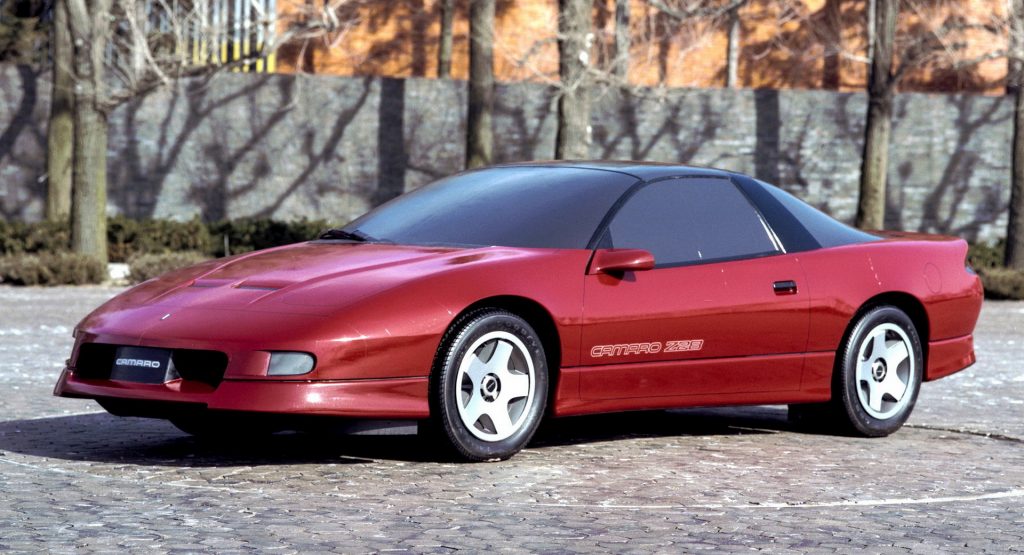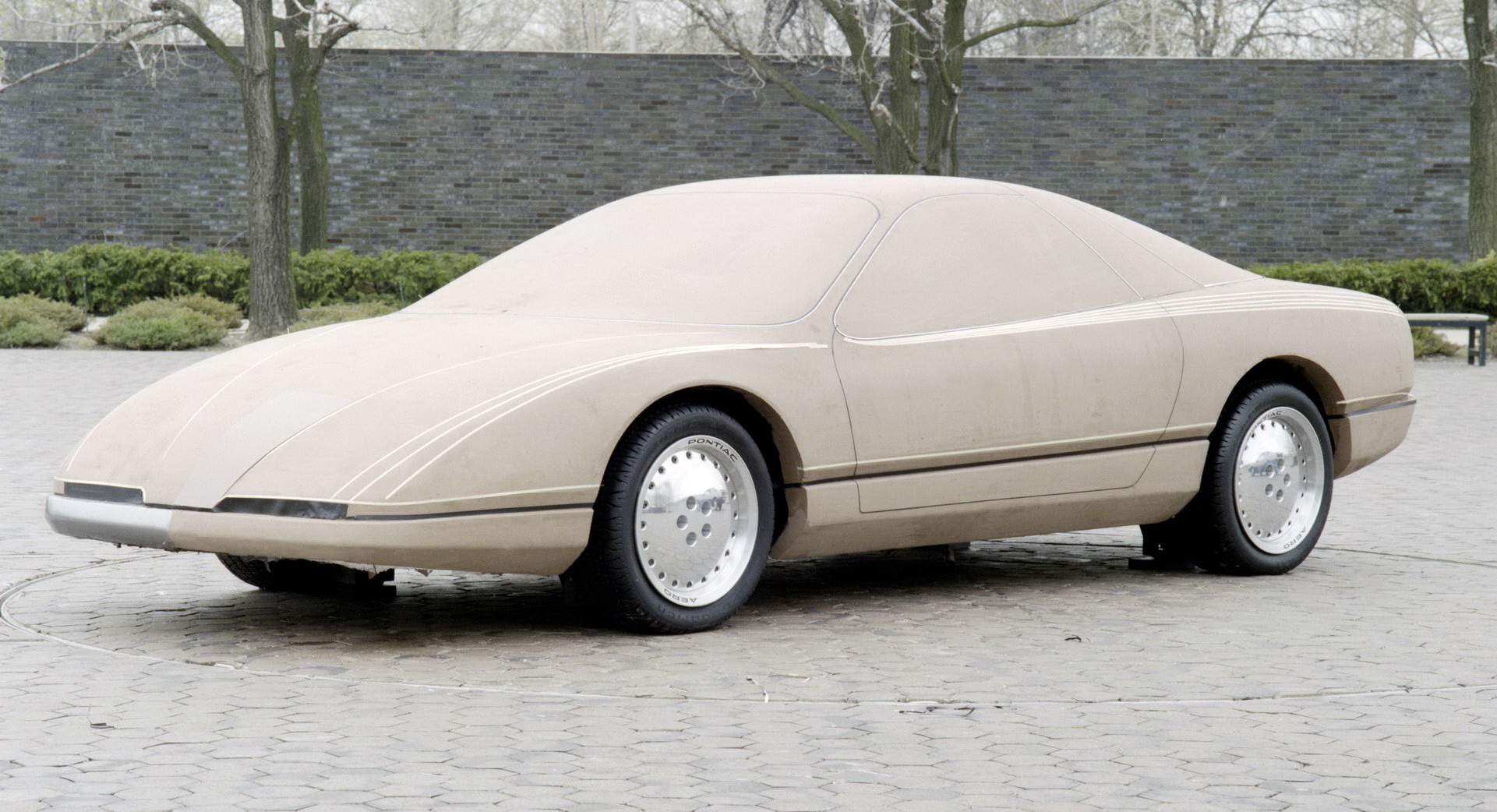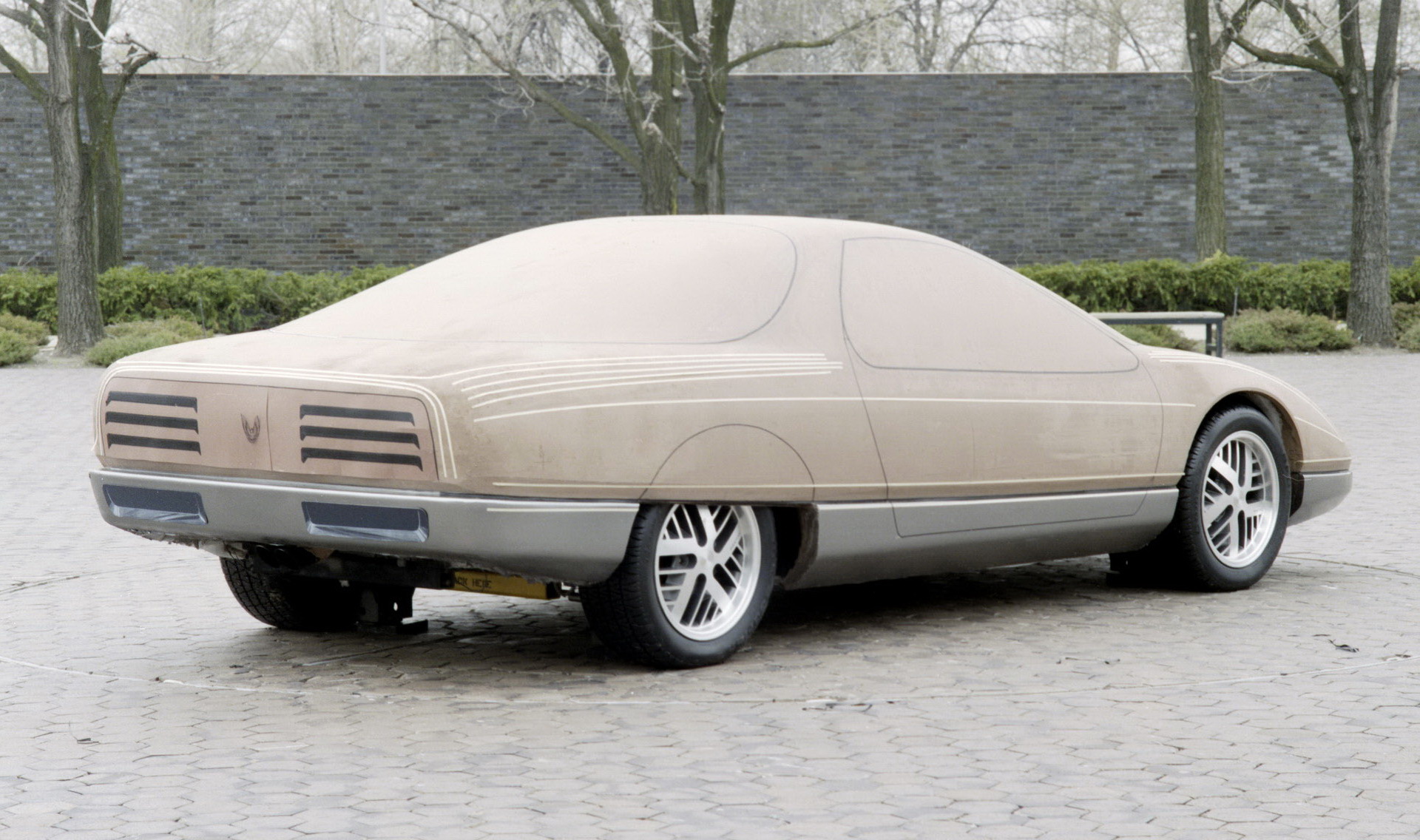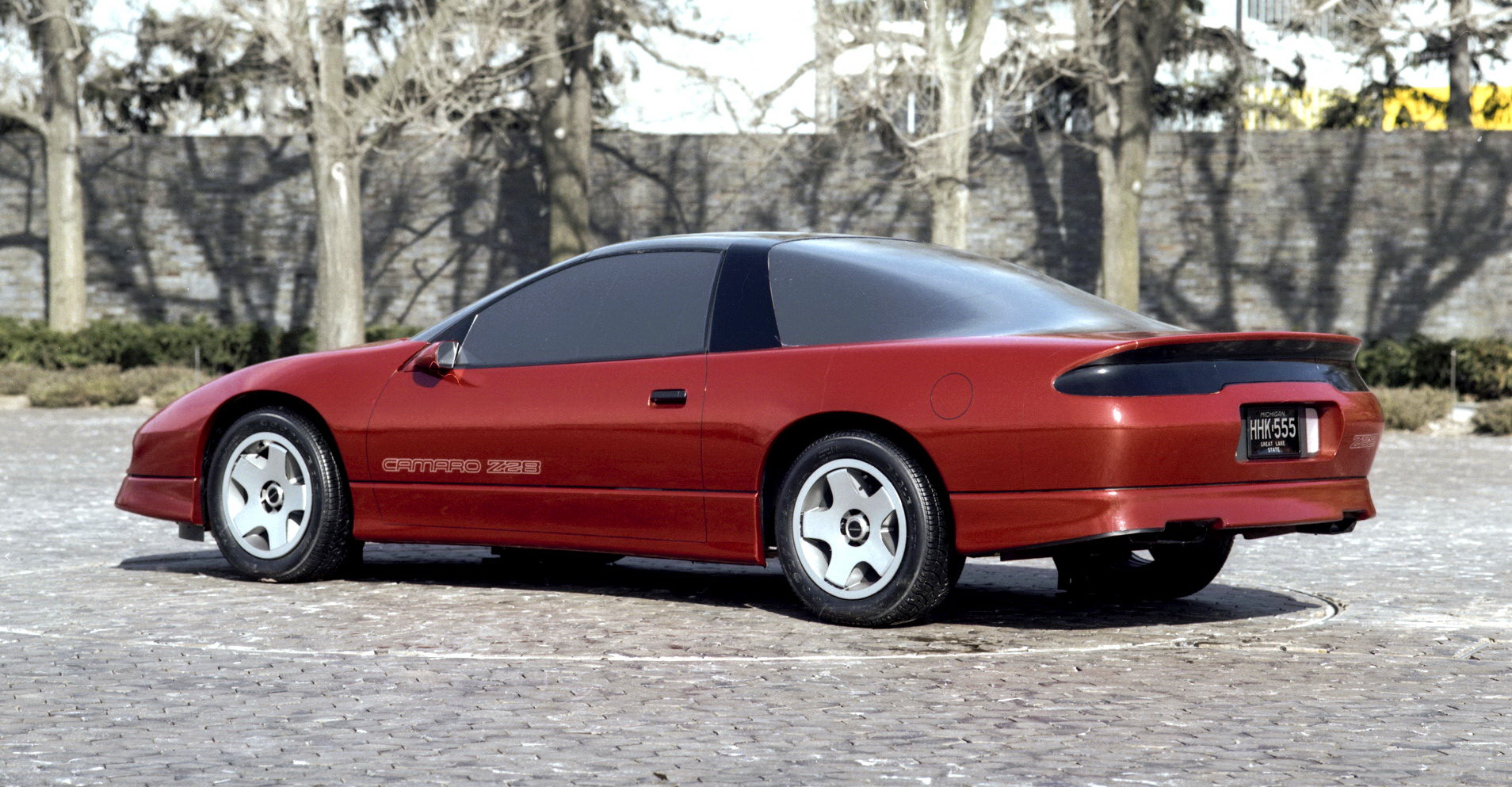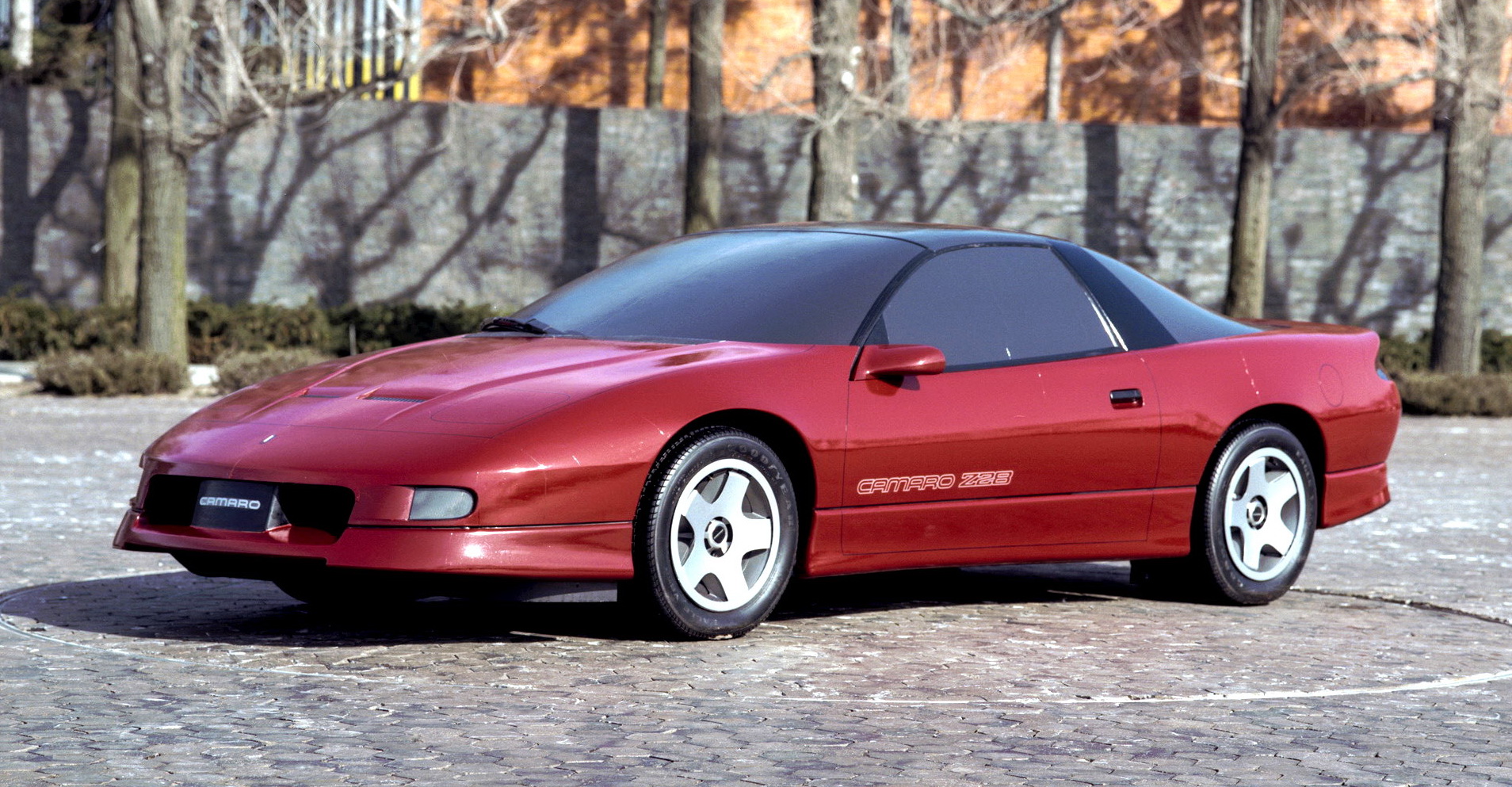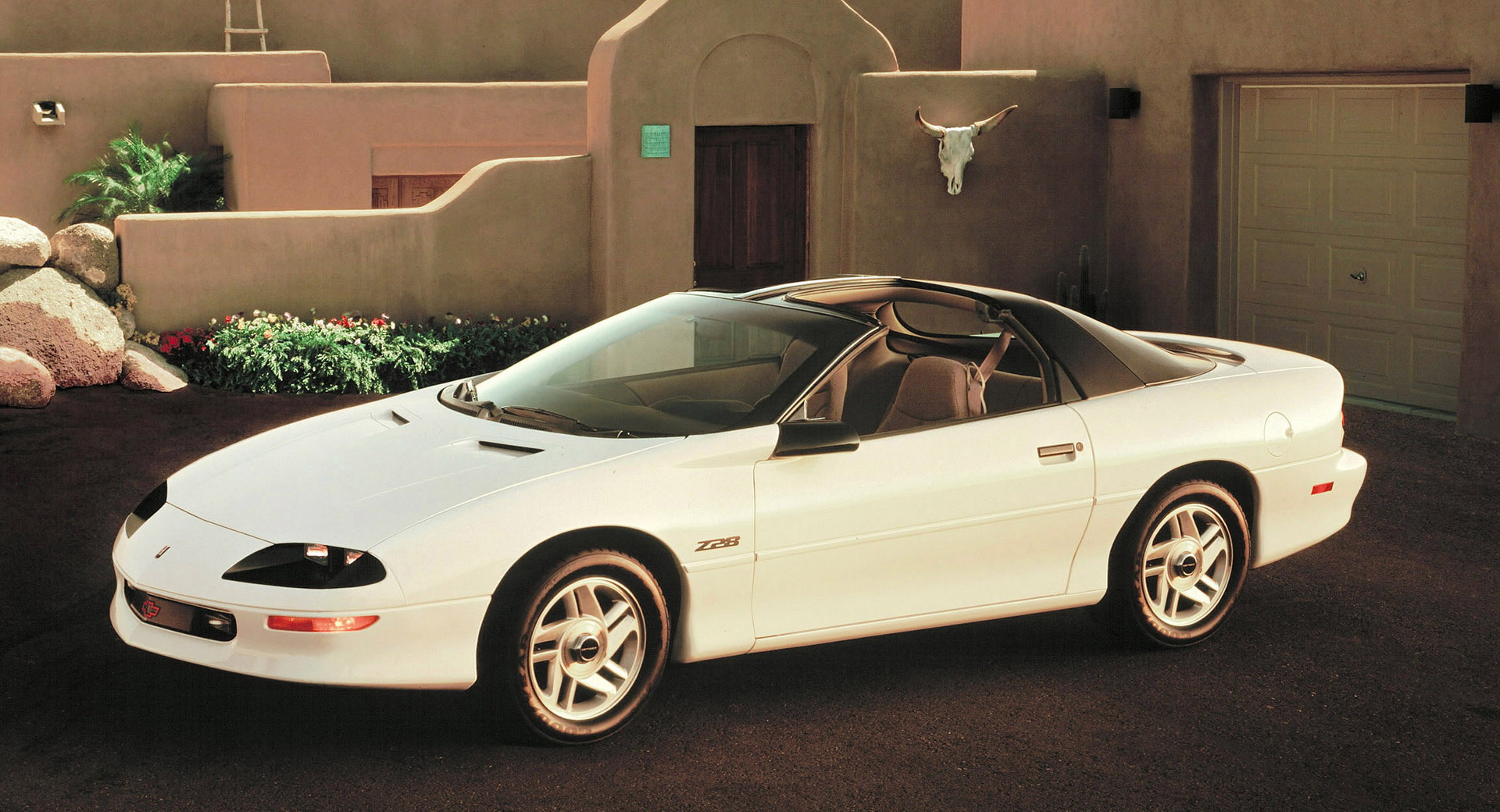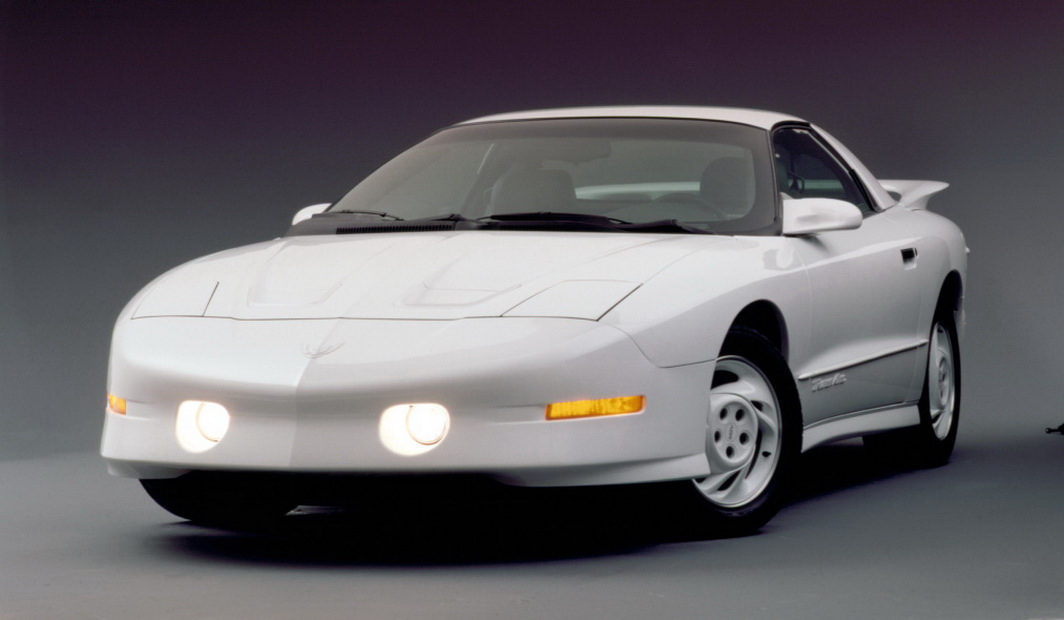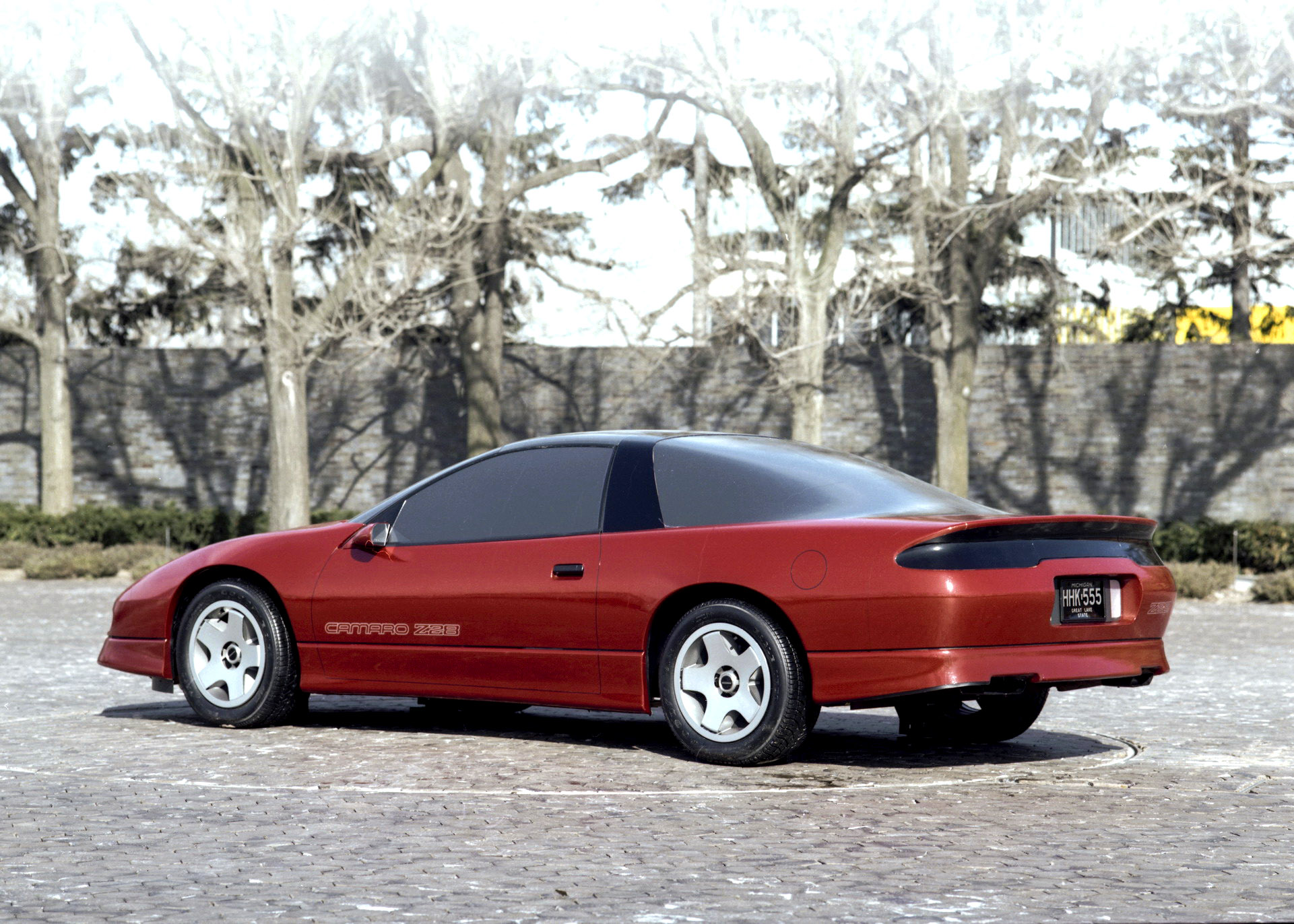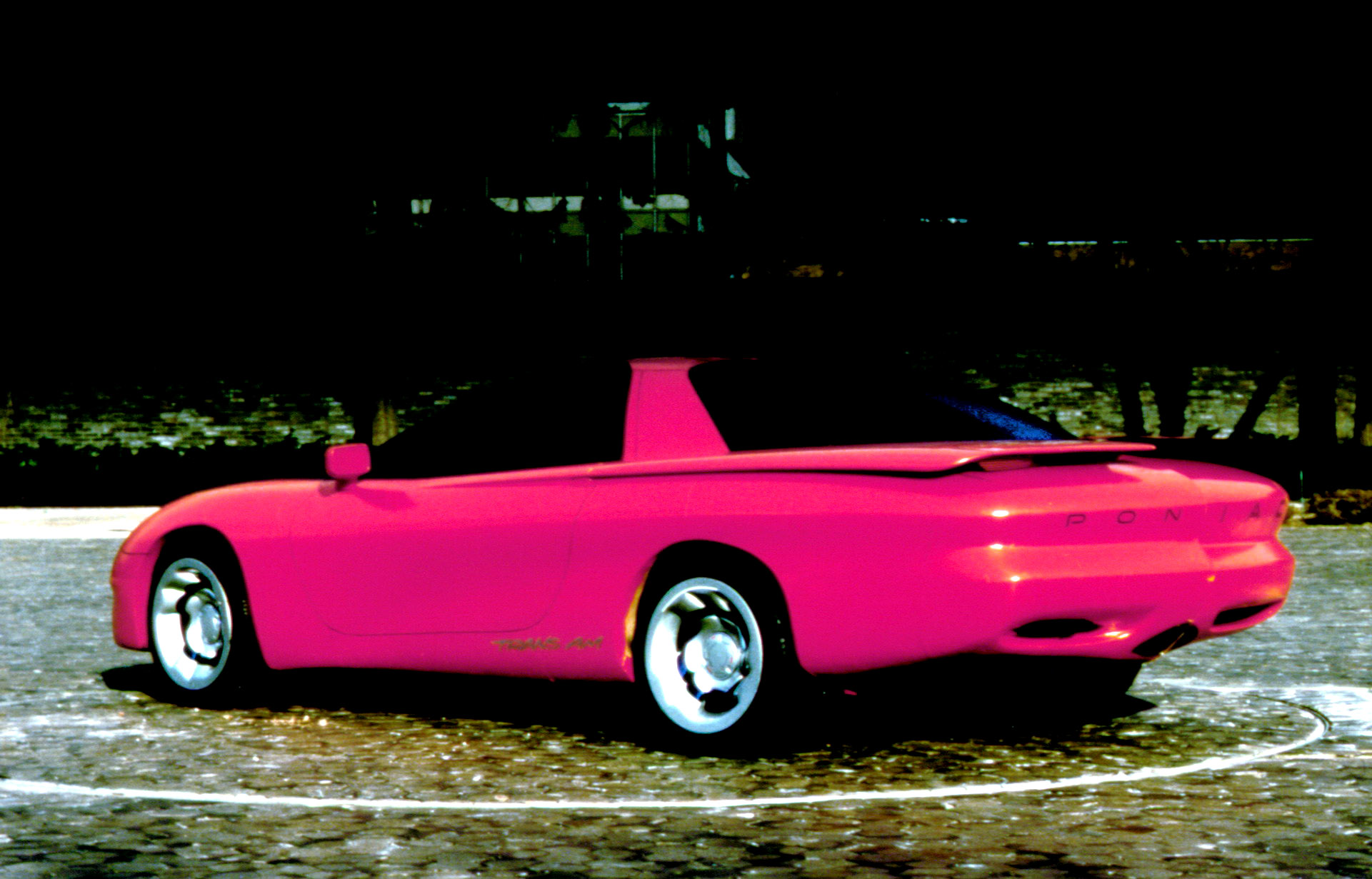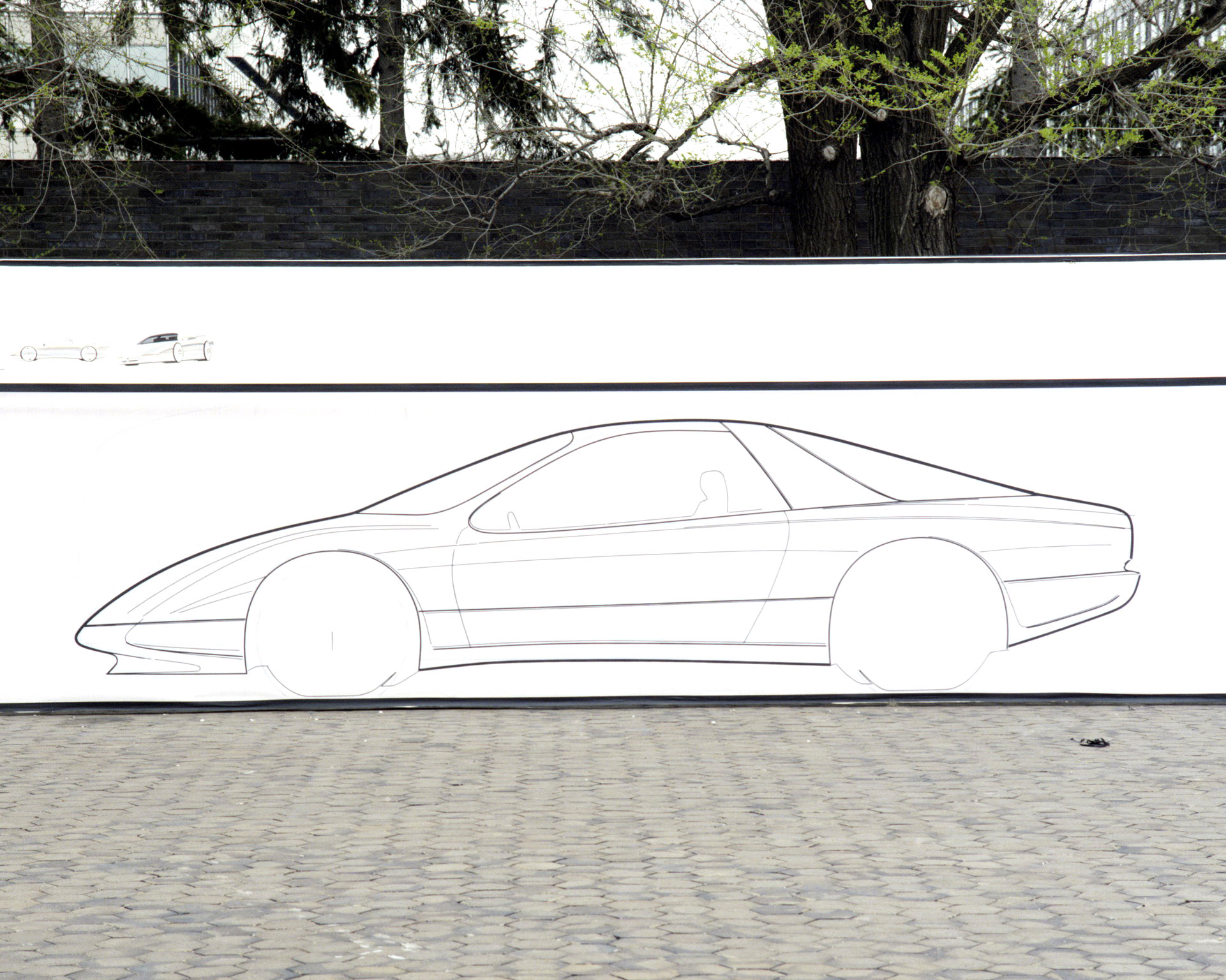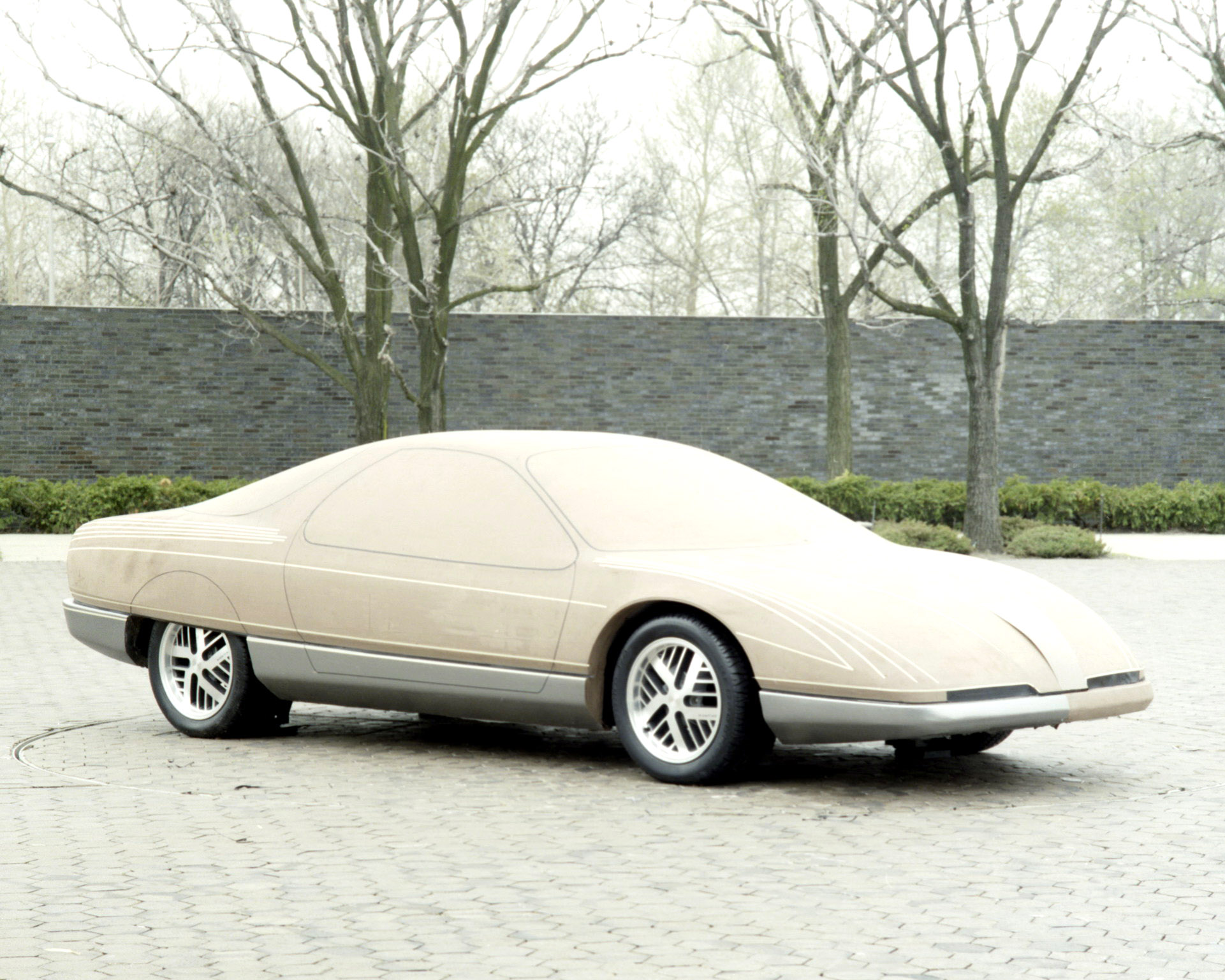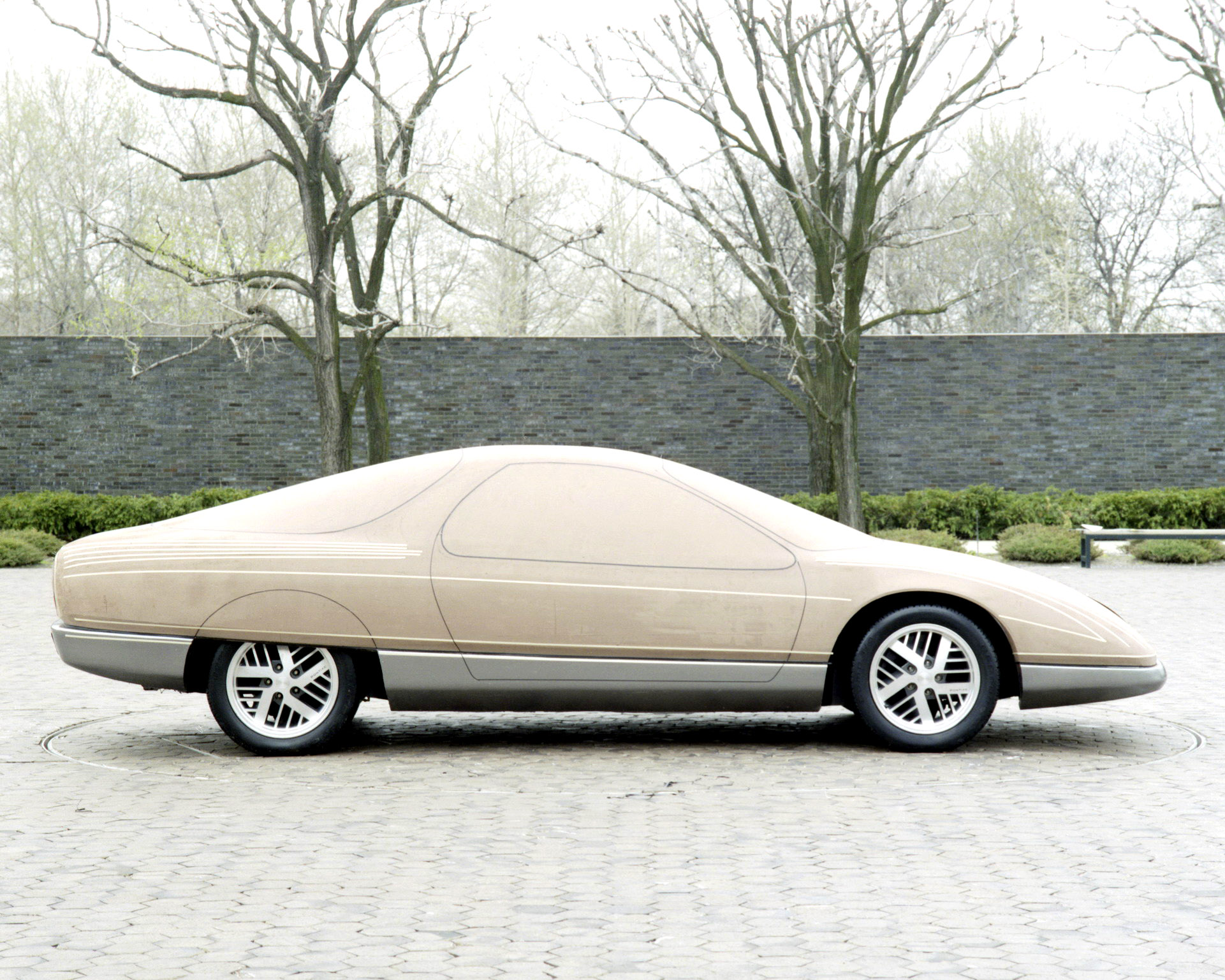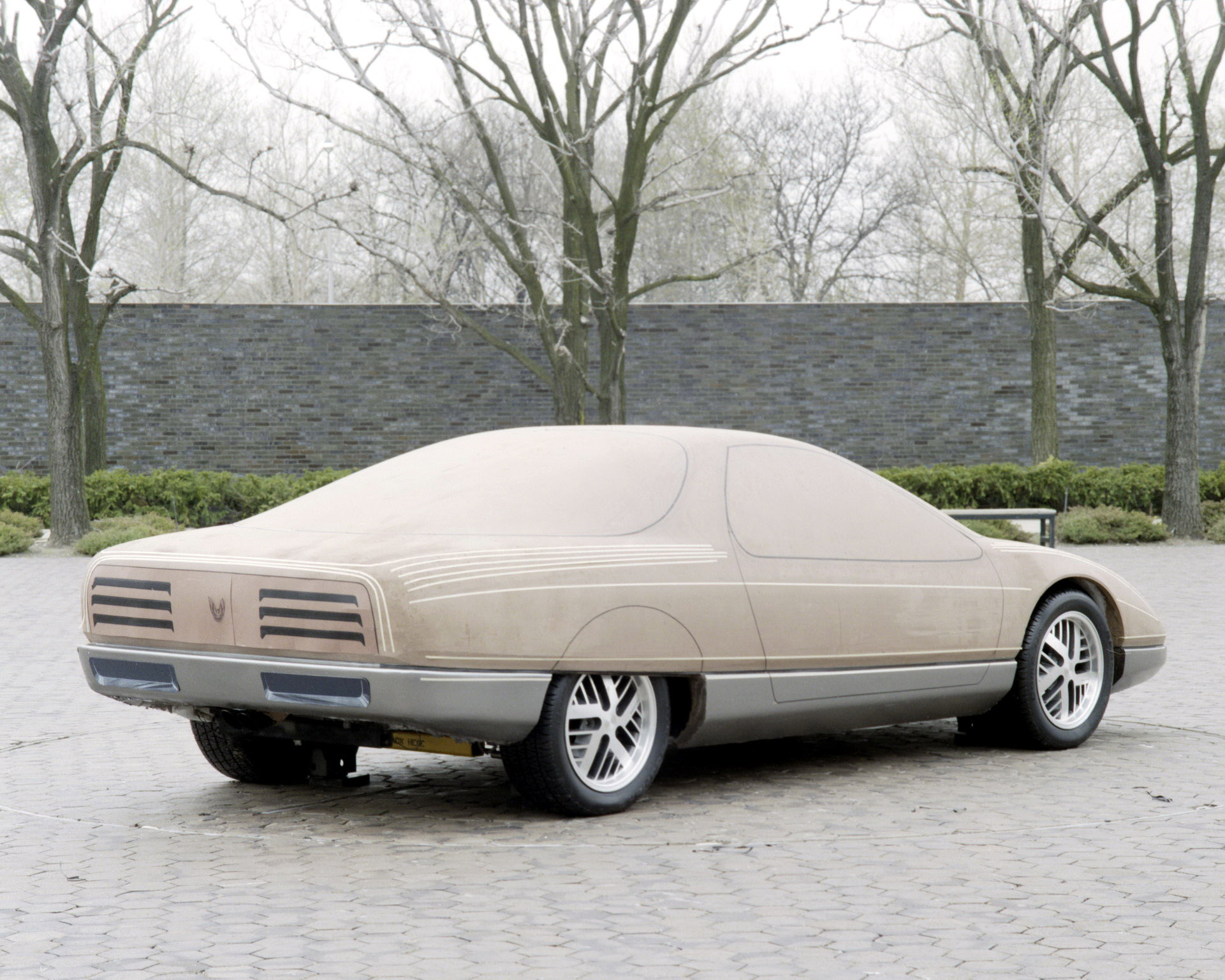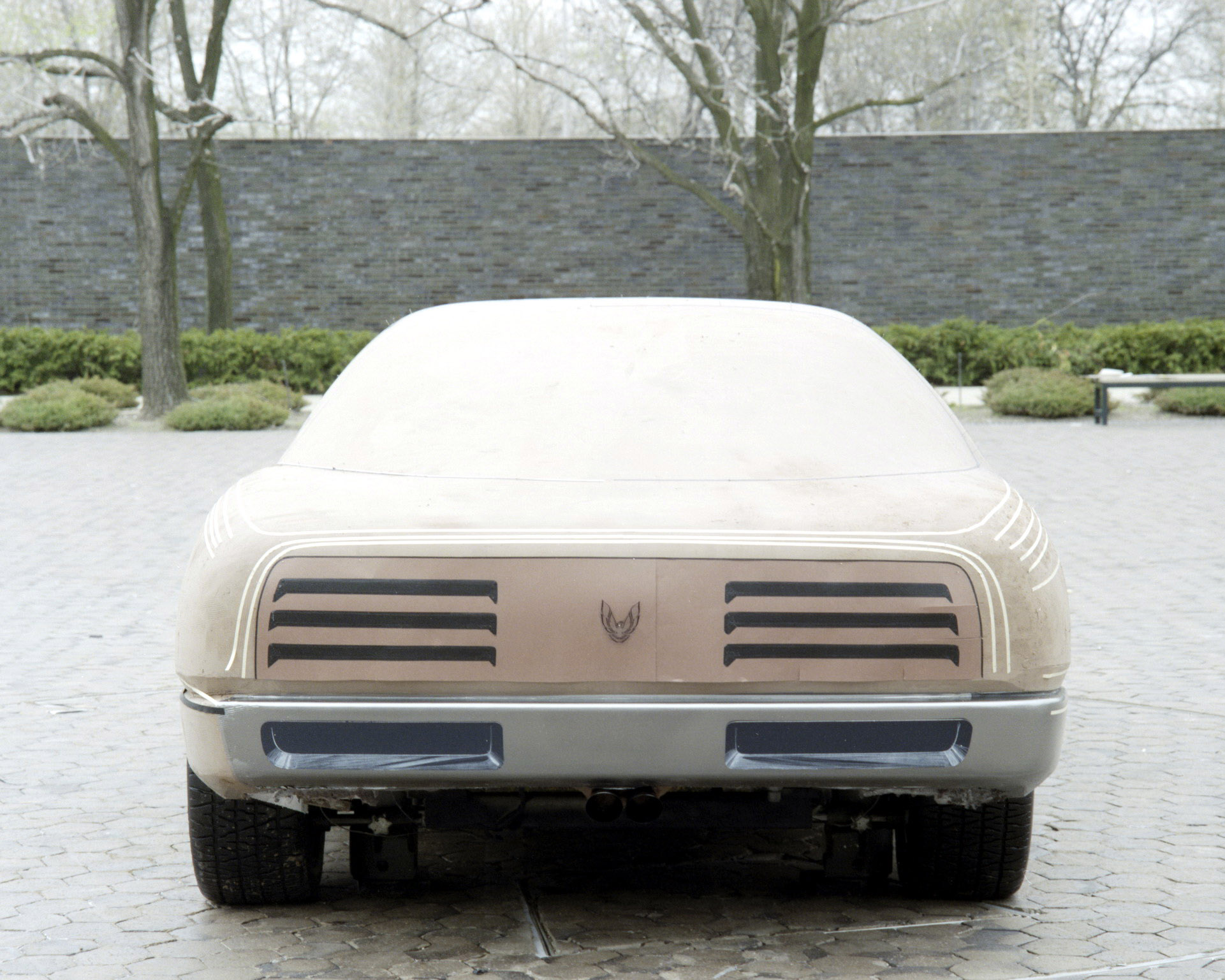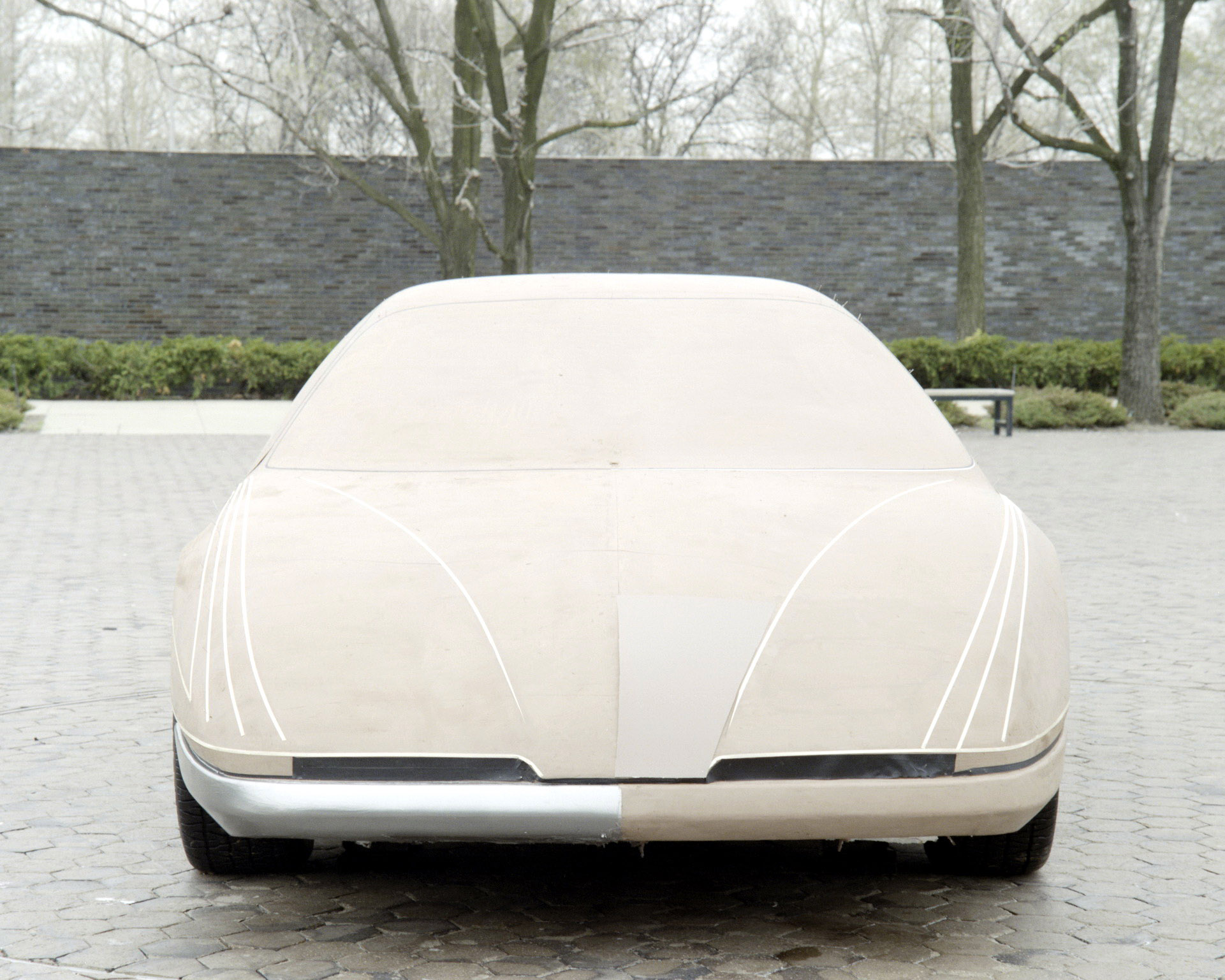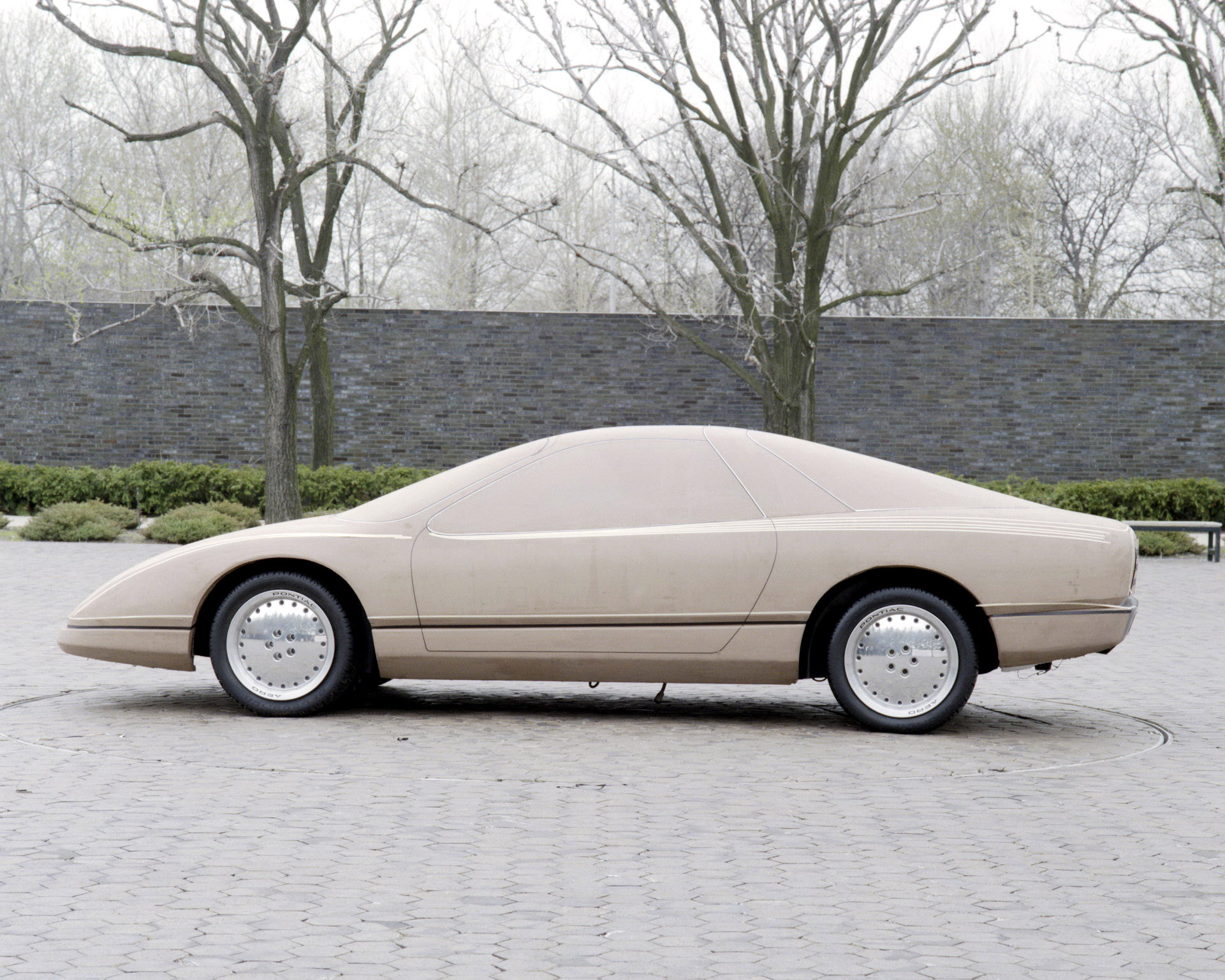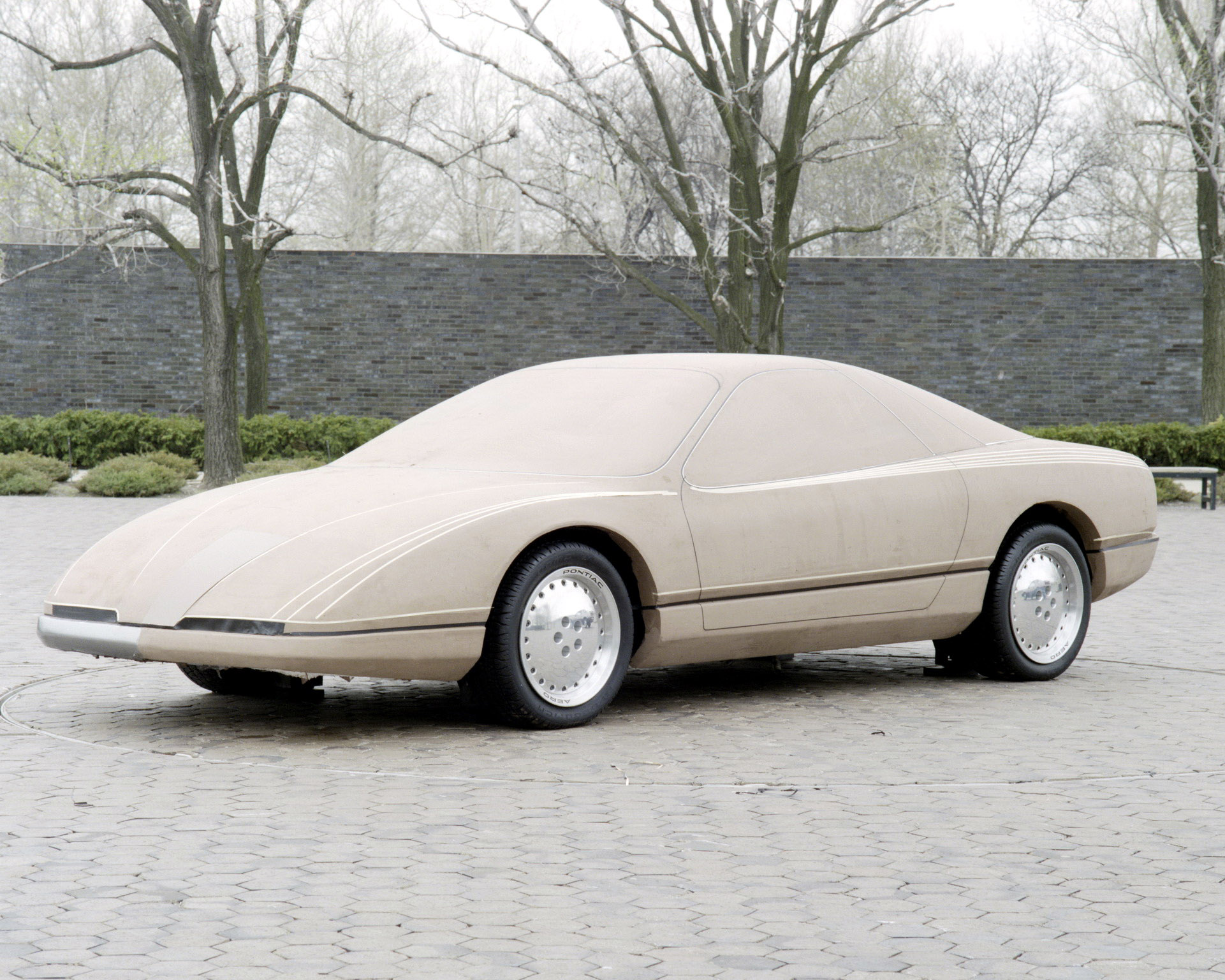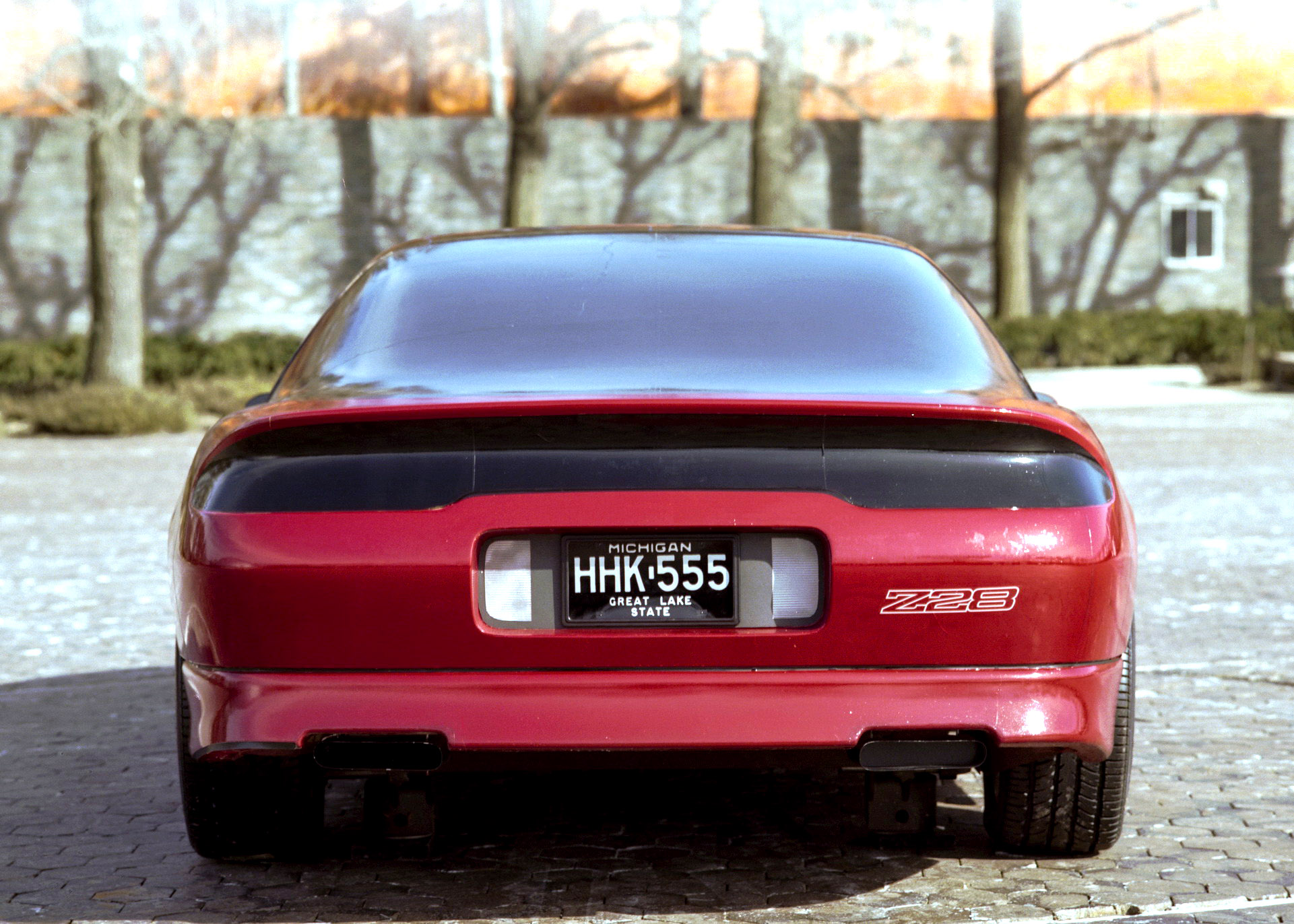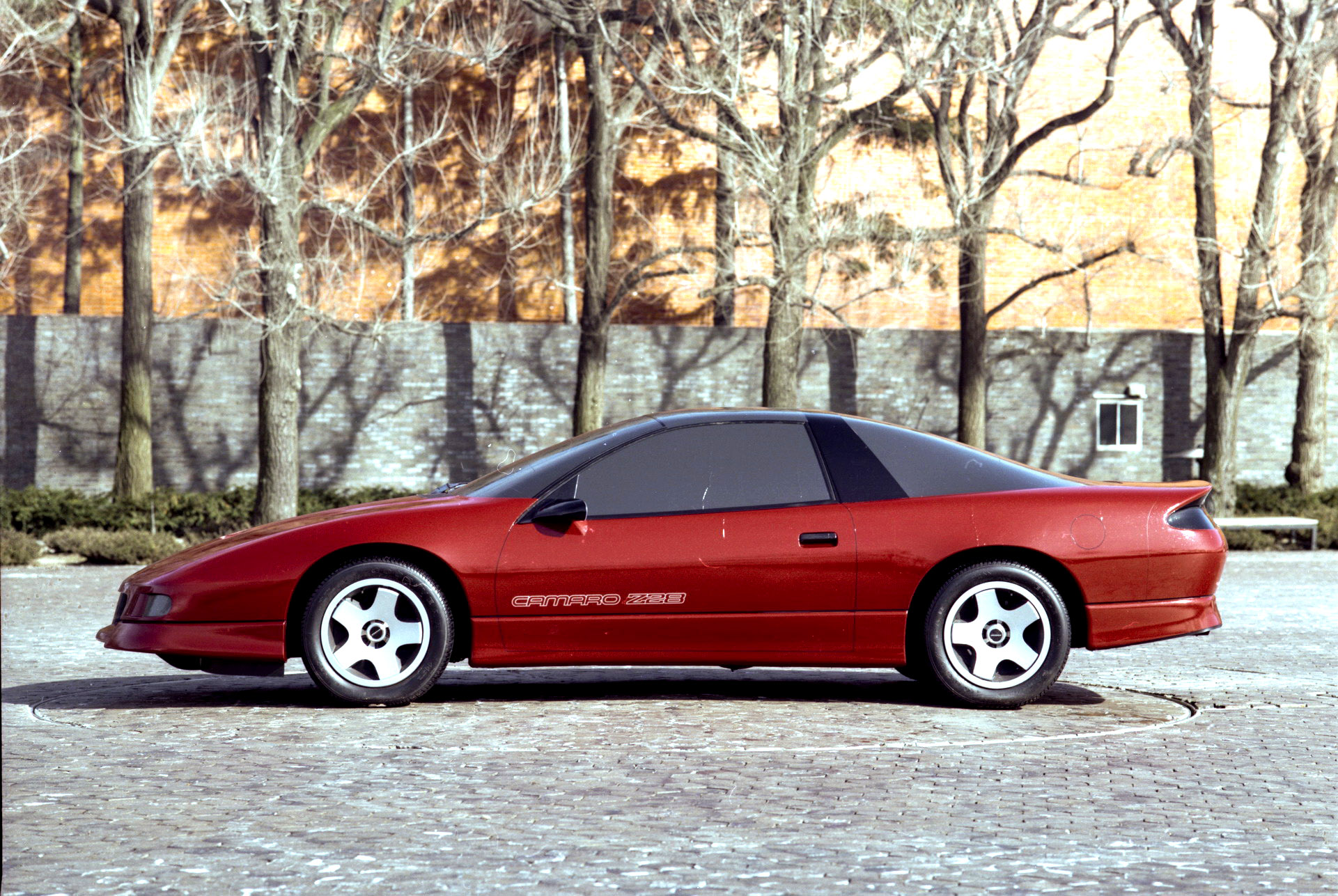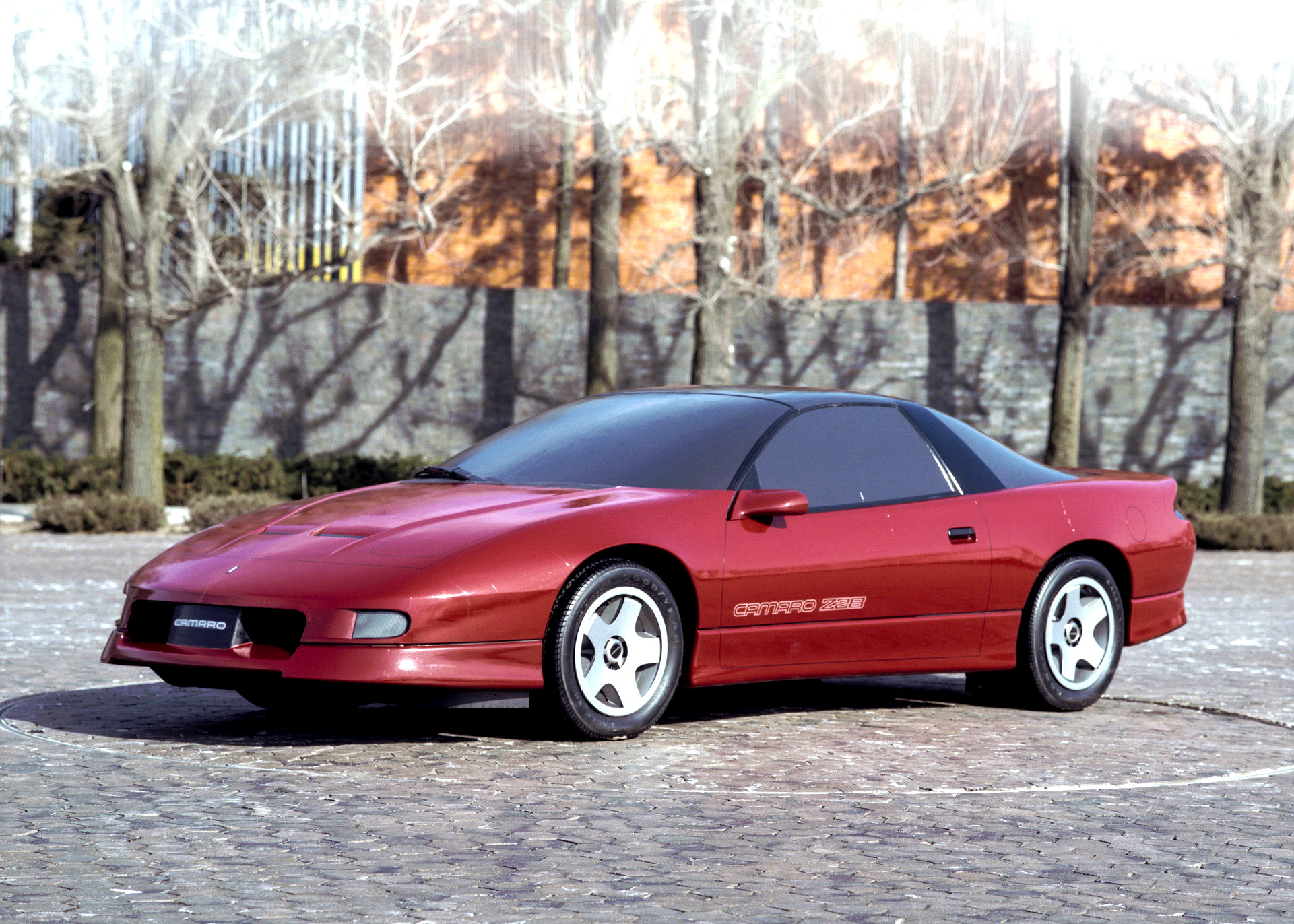By the late 1980s, most of GM’s fleet was front-wheel-drive, and the Chevrolet Camaro/Pontiac Firebird could have been next as shown by an early development project called the GM-80.
Carmakers in the late 80s were eager to capitalize on the transition to newer technologies, with one of the most prominent examples being Ford’s attempt to offer the Mustang with front-wheel drive. Codenamed the ST-16, the project angered long-time Ford fans and was eventually scrapped – although it would live on as the Ford Probe.
Read More: This Is How Chevrolet Camaro Design Evolved through Five Generations
During development, the idea of making the third-generation Camaro/Firebird front-wheel drive instead of rear-wheel drive was floated but quickly shelved. When engineers started working on the fourth generation, however, the FWD idea returned. Under the codename GM80, General Motors laid out a front-wheel-drive platform that it hoped would underpin the upcoming Camaro/Firebird.
In keeping with the muscle car aspect of the Camaro, the GM80 would have to be powered by something spunky. The days of big horsepower V8 powerplants were thought to be over, due to tightening emissions regulations which choked most engines, so something else would have to be used.
GM planned to utilize a 3.4-liter “Quad 4” V6, which in testing was able to pump out 285 horsepower. However, the brand didn’t have a transaxle that could handle that kind of power, so they were forced to detune it to 200 horses. The number was was still higher than the 185 horsepower V8 found in the 1986 Camaro, but with less torque.
In order to regain performance, the GM80 was to be lighter than all previous generations of the Camaro/Firebird thanks to plastic panels that would bolt to a sheet metal space frame, similar to the Fiero. The panels would be cheaper to manufacture and also offer better corrosion resistance than regular steel.
In the end, it wasn’t internal disapproval of the front-wheel-drive platform that killed the project, but testing data. GM80 failed to meet its weight targets and performed poorly in crash tests, and the development costs for the plastic body panels meant that the finished vehicle would be much higher priced than previously thought. The project was put on hold in the summer of 1985 and eventually canceled in October of the following year.
The project was not all for naught however, the “Twin Dual Cam” 3.4-liter V6 would make its way to GM N-Body cars like the Pontiac Grand Prix and Chevrolet Beretta, and the styling of the GM80 would largely make it to production in the fourth-generation Camaro and Firebird.



